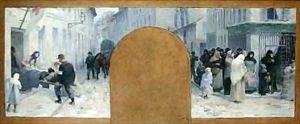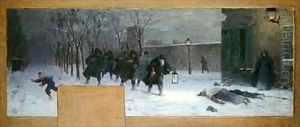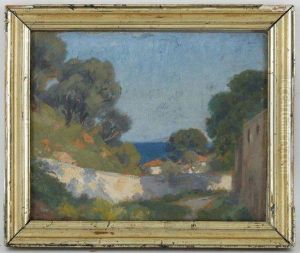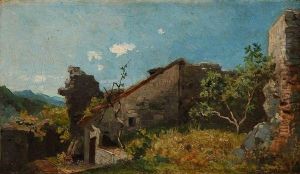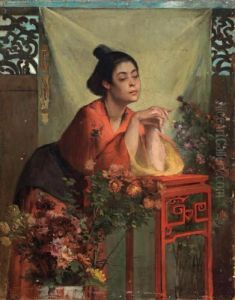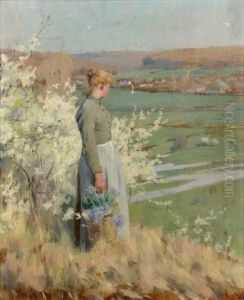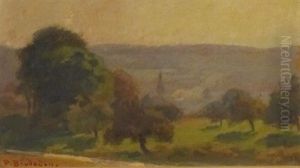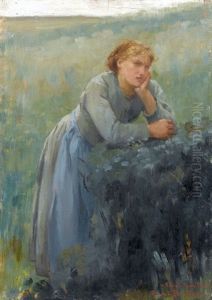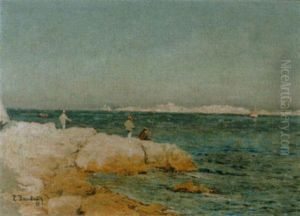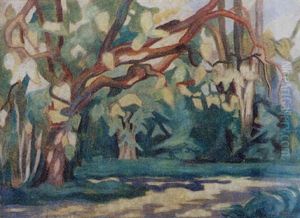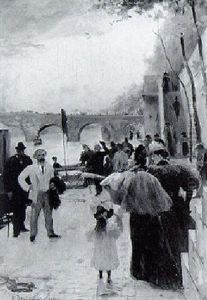Paul Albert Baudouin Paintings
Paul Albert Baudouin was a French painter born on November 7, 1844, in Périgueux, Dordogne. He was primarily known for his contributions to the Symbolist movement, which sought to express the ideals of truth, beauty, and imagination through a visual language of symbols and metaphors.
Baudouin began his art education at the École des Beaux-Arts in Paris, studying under academic painters like Isidore Pils and François-Édouard Picot. However, his style evolved beyond the academic framework as he became influenced by the work of the Symbolists and the Aesthetic movement. His work is characterized by a focus on the spiritual and the mystical, often portraying allegorical subjects, mythological figures, and dreamlike scenes.
Throughout his career, Baudouin exhibited his work at the Paris Salon, where he received several accolades. His paintings were well-received by critics and the public alike, and he became a respected figure within the Symbolist circle. In addition to painting, he was also known for his decorative work, including murals for public and private buildings.
Despite his success, Baudouin did not achieve the same level of fame posthumously as some of his contemporaries. His work, however, remains an important part of the Symbolist movement, and it continues to be studied and appreciated for its unique contribution to the development of modern art.
Paul Albert Baudouin passed away on December 13, 1931, in Paris, leaving behind a legacy as a painter who sought to explore the spiritual dimensions of art during a time of great artistic innovation.

